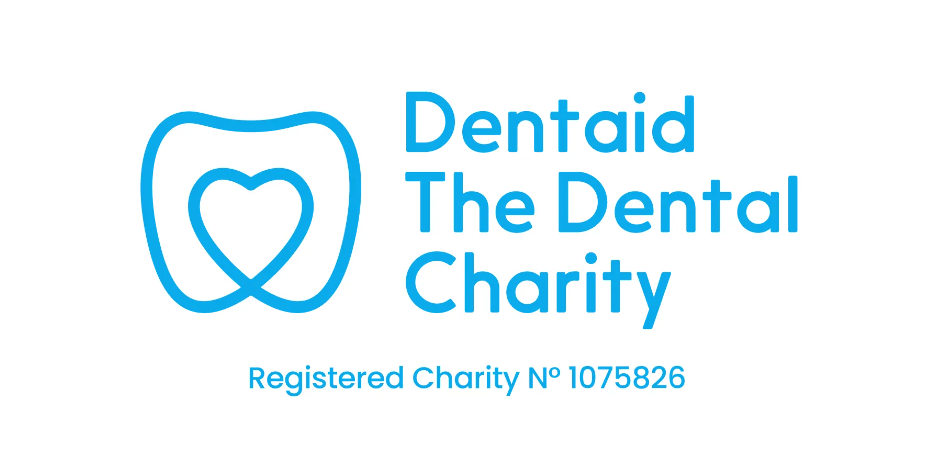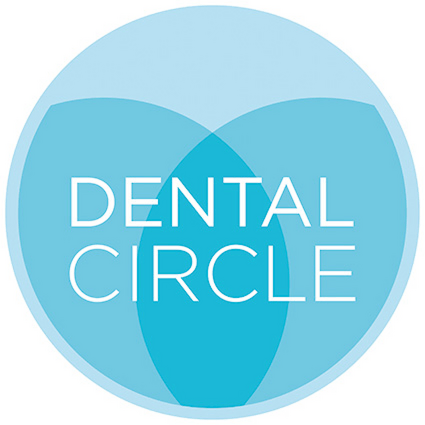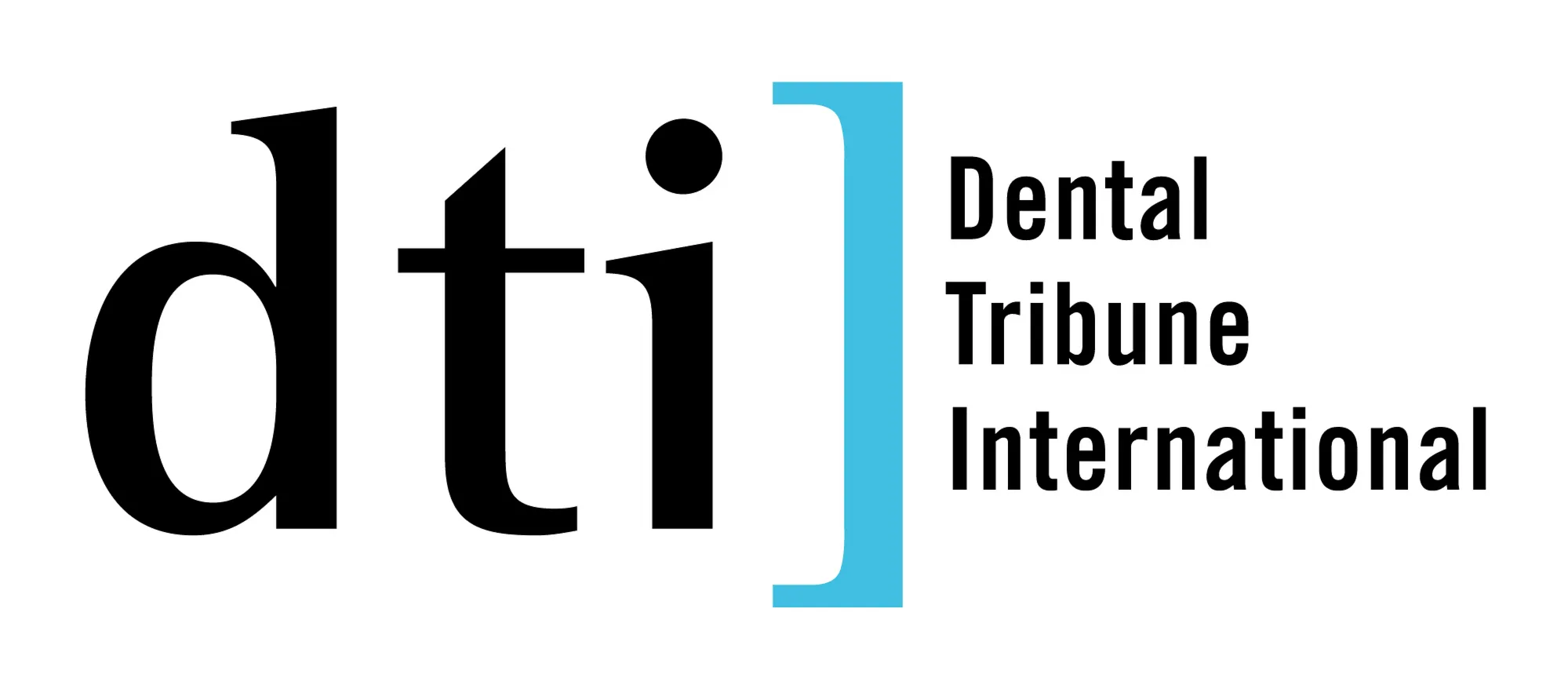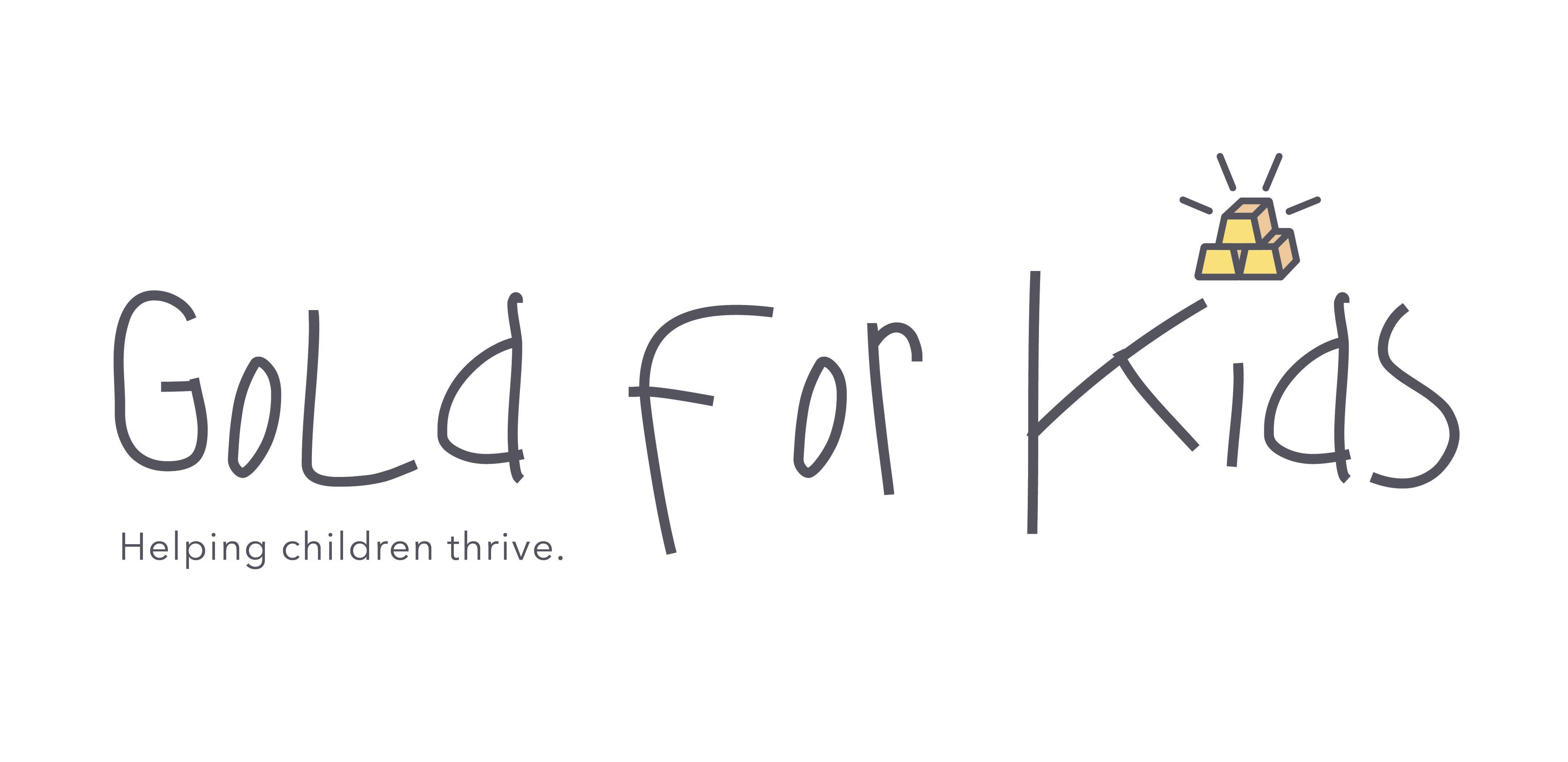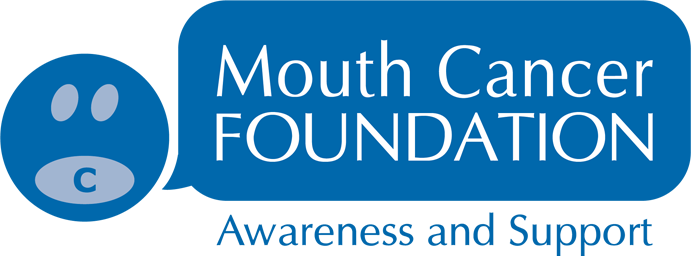Focus on the science
)
With dental surgeries being likened to “Coronavirus Heaven” and use of ultrasonic scalers to a thousand sneezes, the lack scientific evidence surrounding the topics has been highlighted in recent, unfortunate, public facing interviews.
Dominic O’Hooley, an experienced dentist who works peripatetically, with a practice limited to dental implants, has a very different view. Here he shares his frank and honest opinions about where dentistry really stands right now…
At a time like this, it is important to remain cool and rational. We need to focus on the facts and react in a logical way. Here are three key areas to consider:
1. As dental professionals, we are already experts at universal precautions and cross infection control. We are involved with these things on a day-to-day basis and are not only au fait with the measures but are also regularly evaluated on them by the CQC.
Should amendments, backed by the science need to be implemented. We are ideally positioned to facilitate these.
2. Currently, there is no evidence anywhere in the world of excess COVID-19 infections among dentists or DCPs. Similarly, there is no evidence of dental practices or dental hospitals being hot-spots for patient infections. Consequently, the available science suggests that dental practices are not high-risk environments for patient or professional COVID-19 infection. This is supported by a survey recently conducted with more than 3,300 UK dental professionals, showing that dental professionals have not experienced disproportionately higher rates of COVID-19 symptoms than the general population.
Of course, I’m not saying there is no risk – dentistry by nature is a profession with an element of risk. Eliminating all risk of COVID-19 transmission is not viable, so we should focus on mitigating the risks and accepting the rest, as we do for all other infections.
3. There is no conclusive evidence that COVID-19 is transmitted primarily by aerosols. In fact, droplet and fomite spread appear to be the primary infective vectors. As such, some of the measures being talked about, like air purification systems, appear to be inappropriate and unnecessary expenses right now. The protocols we implement already – full face shields, masks, regular cleaning and disinfection, gloves etc. – minimise droplet transmission of many pathogens. Why would they not be effective against COVID-19?
I believe there are two main reasons for the negative and seemingly unfounded reaction regarding the risks presented by using aerosols in the dental practice. Firstly, there are discrepancies in the definitions used for ‘aerosol generating procedures’ (AGPs) between different healthcare environments. The AGPs in dentistry are very different to those involved with treatment for critically ill patients in hospital and any related data should be interpreted accordingly. Secondly, I think some people are not thinking beyond the top line – how can clean water from a clean scaler transmit COVID-19 to patient or practitioner? Perhaps when mixed with the patient’s saliva…and here we get into the very complex area of ballistic droplet science… but there is no science to support this. I have published a comprehensive opinion piece on this if you would like to know more.
In summary, I think the dental profession has been railroaded, but we can get back on track by simply taking a rational approach to the situation and focusing on the science.
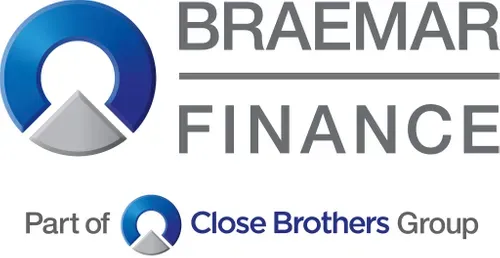

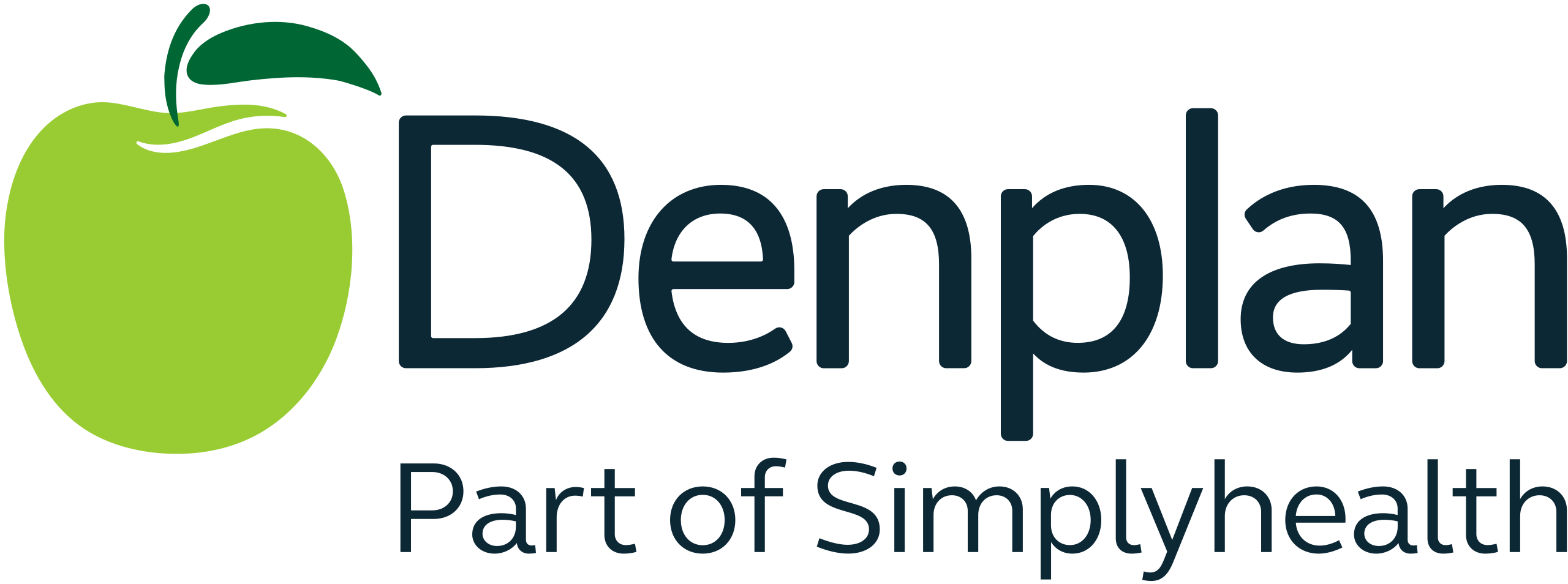
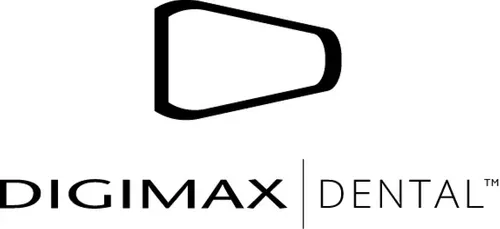


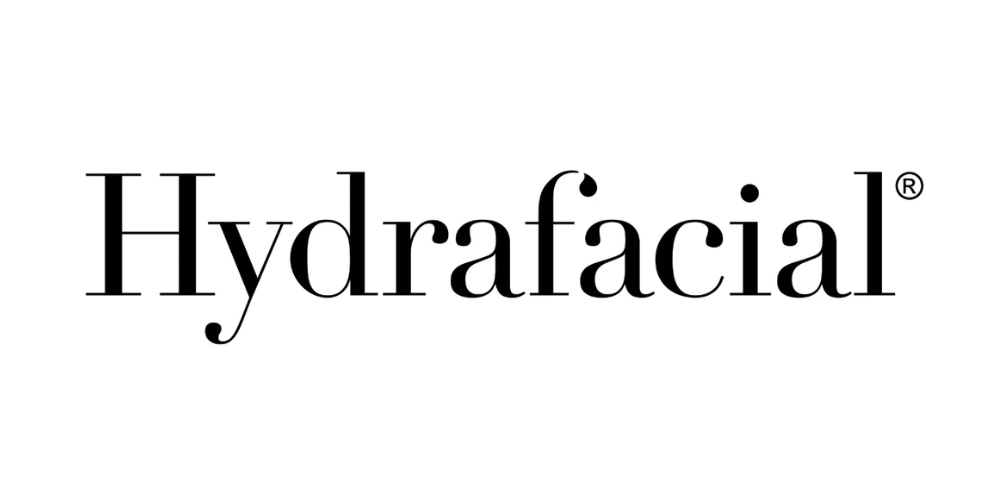
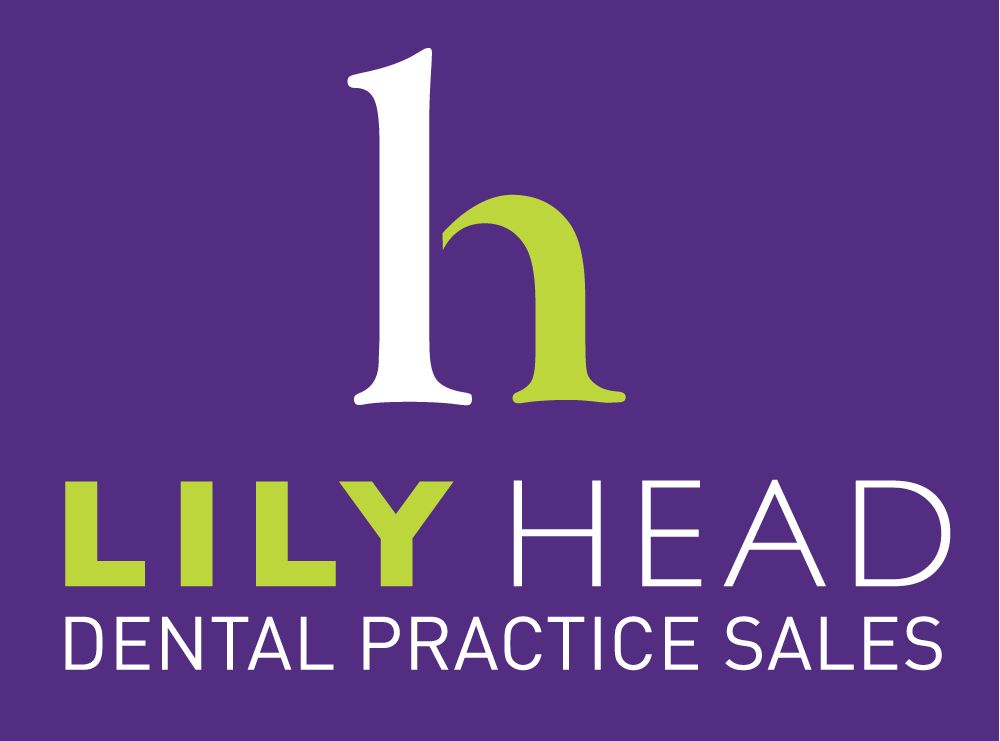
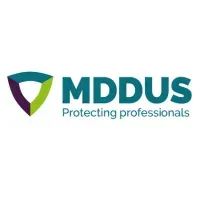



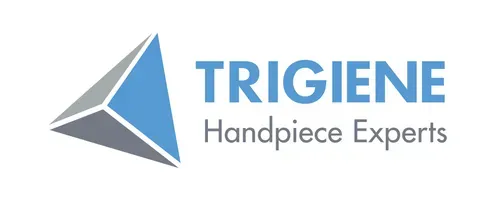


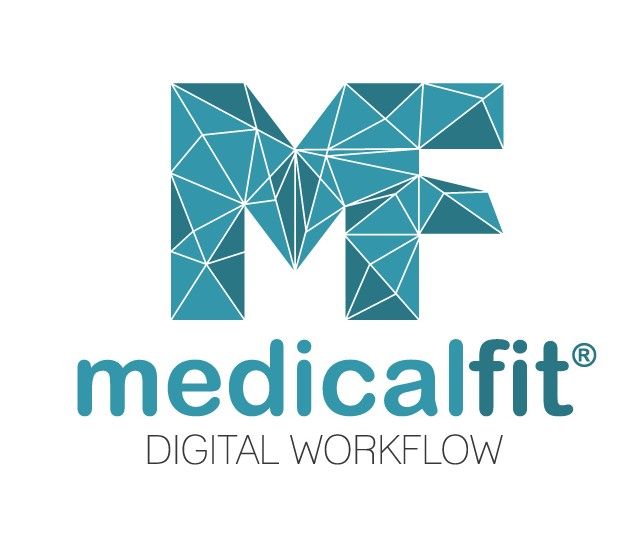


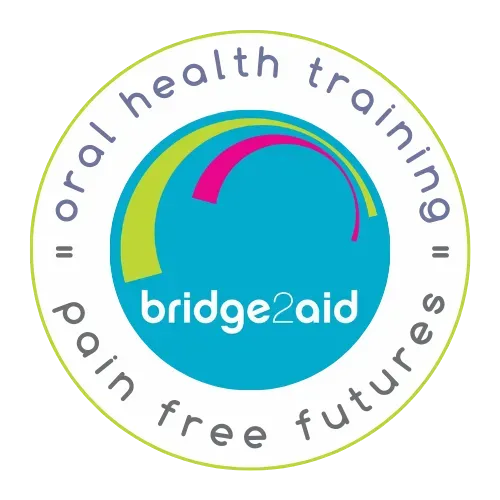
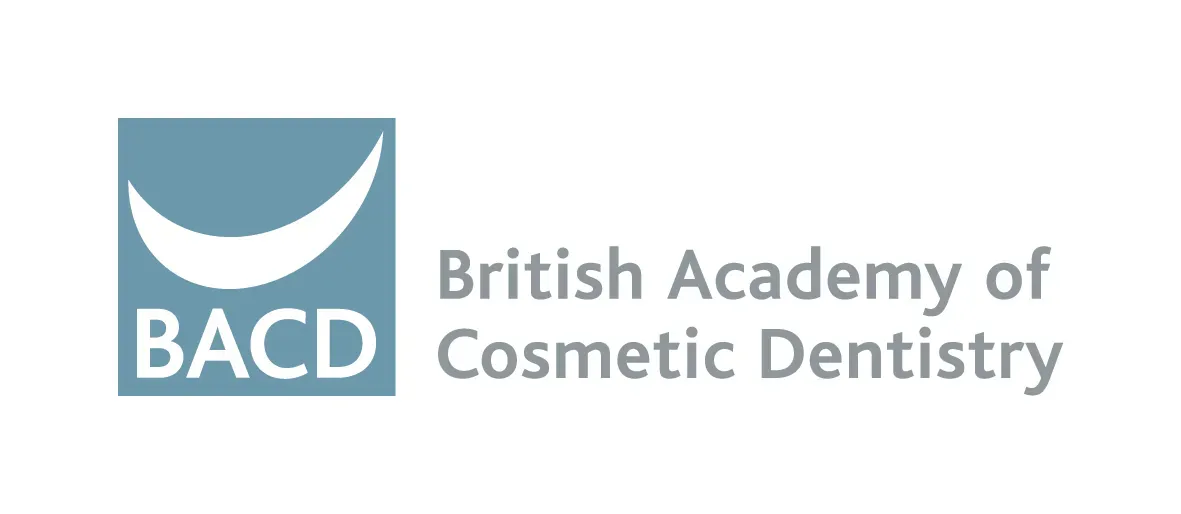
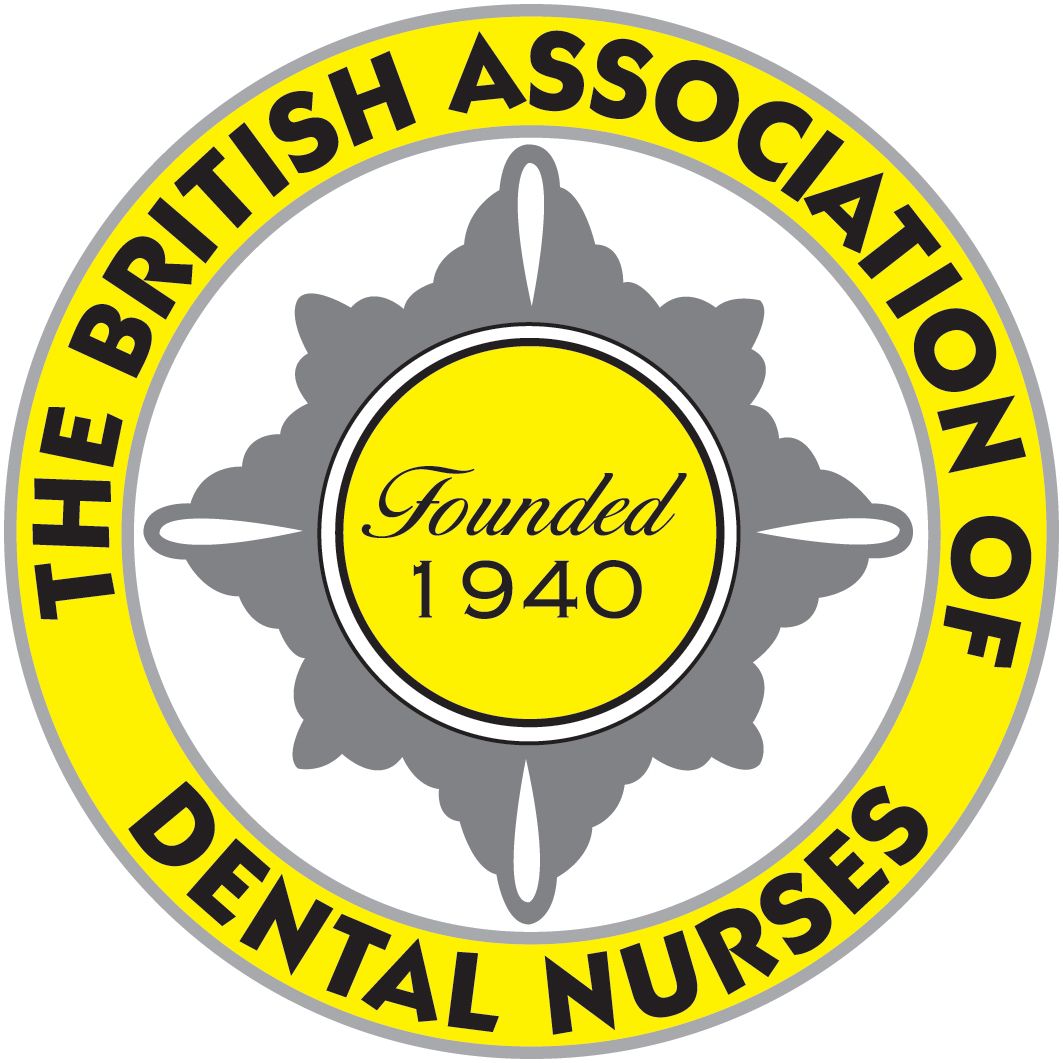
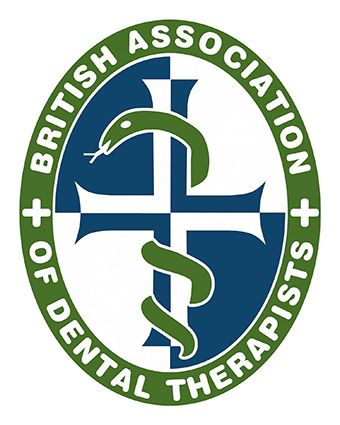
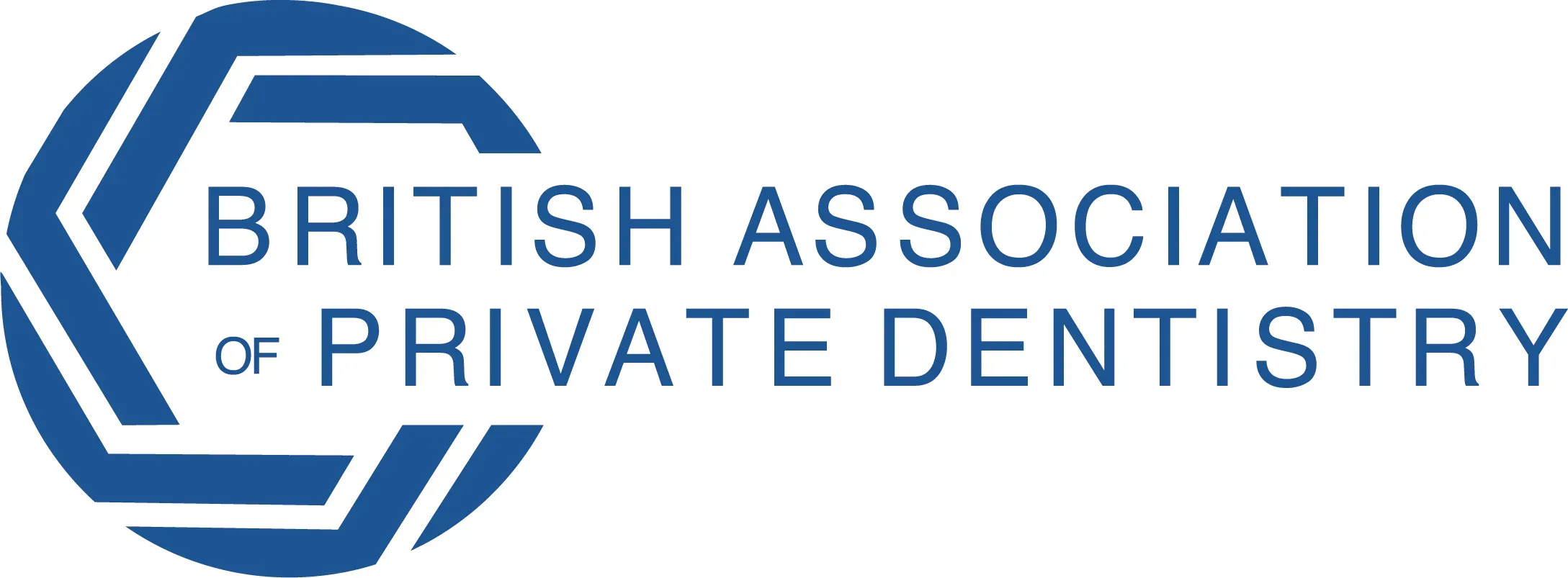
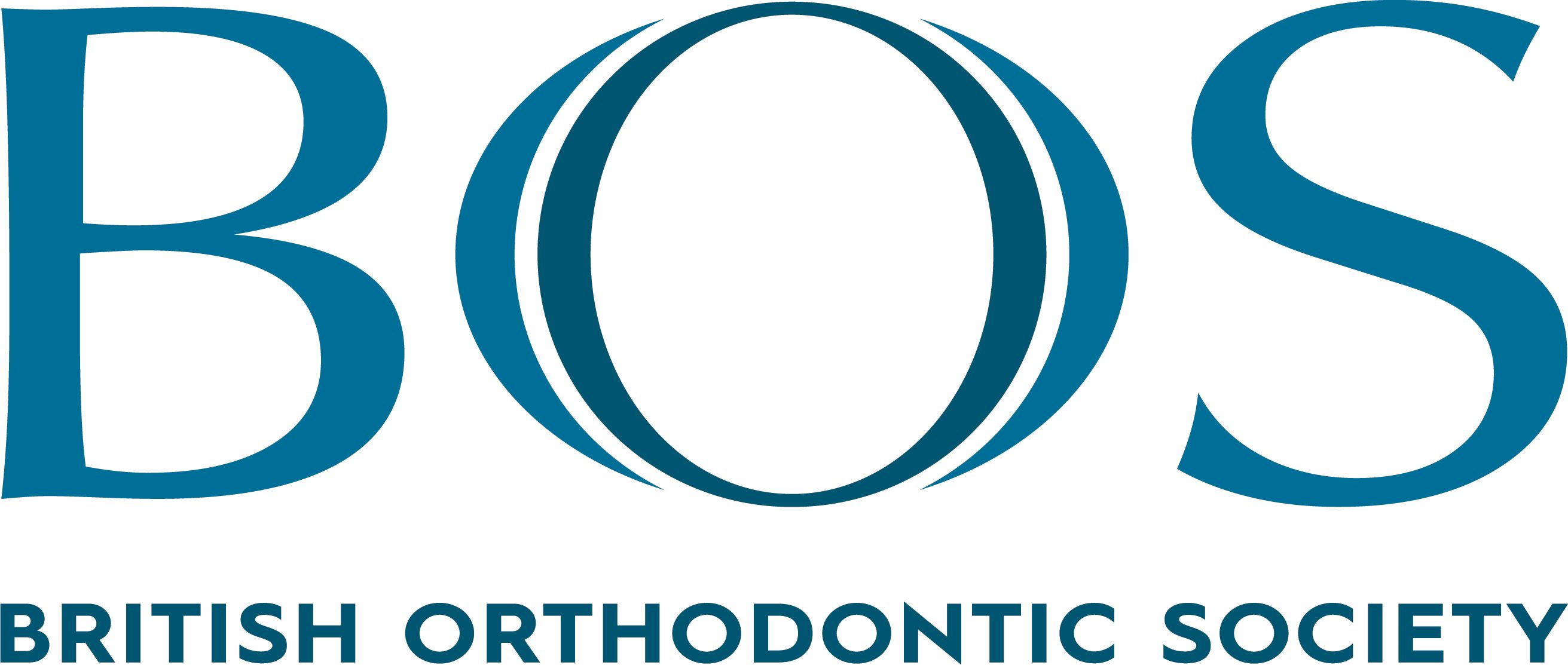
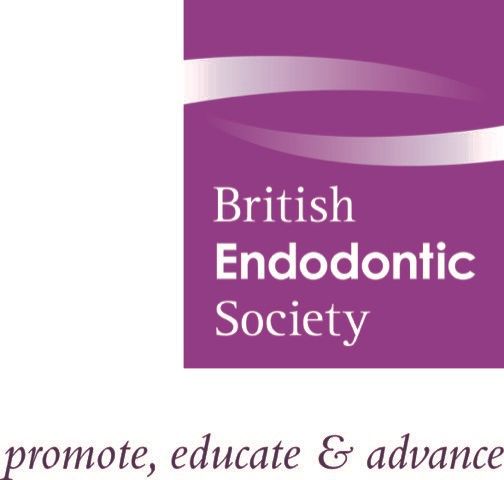
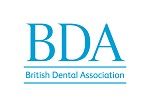


.png)
